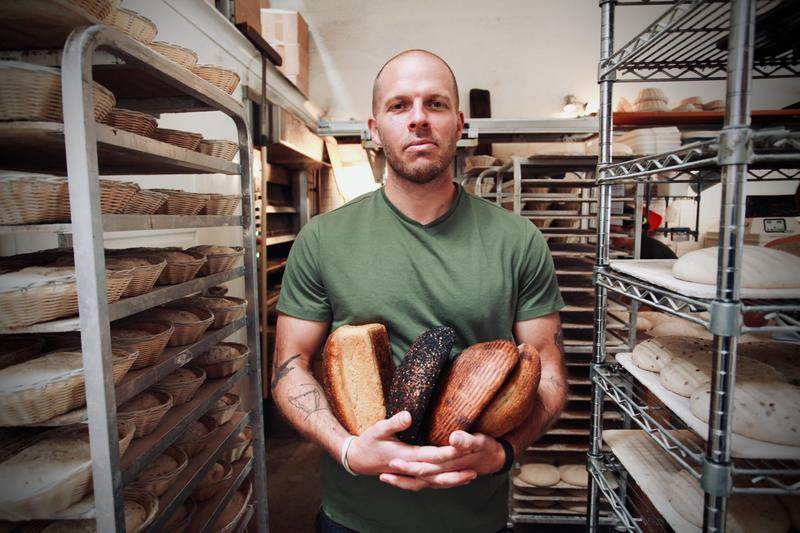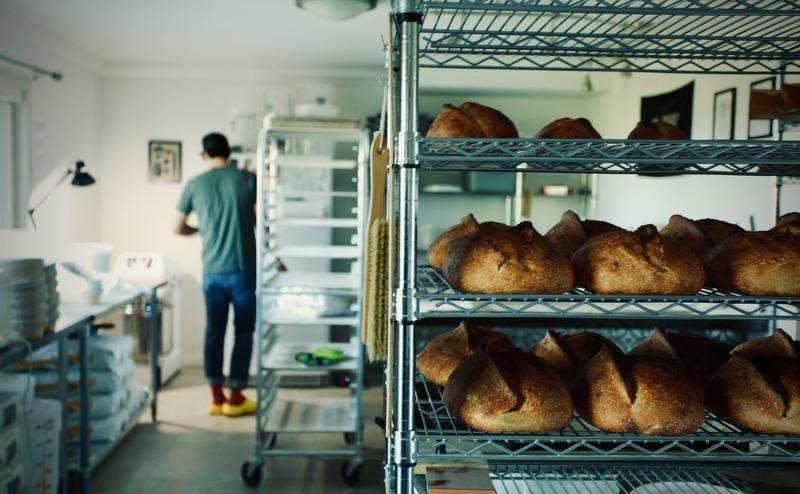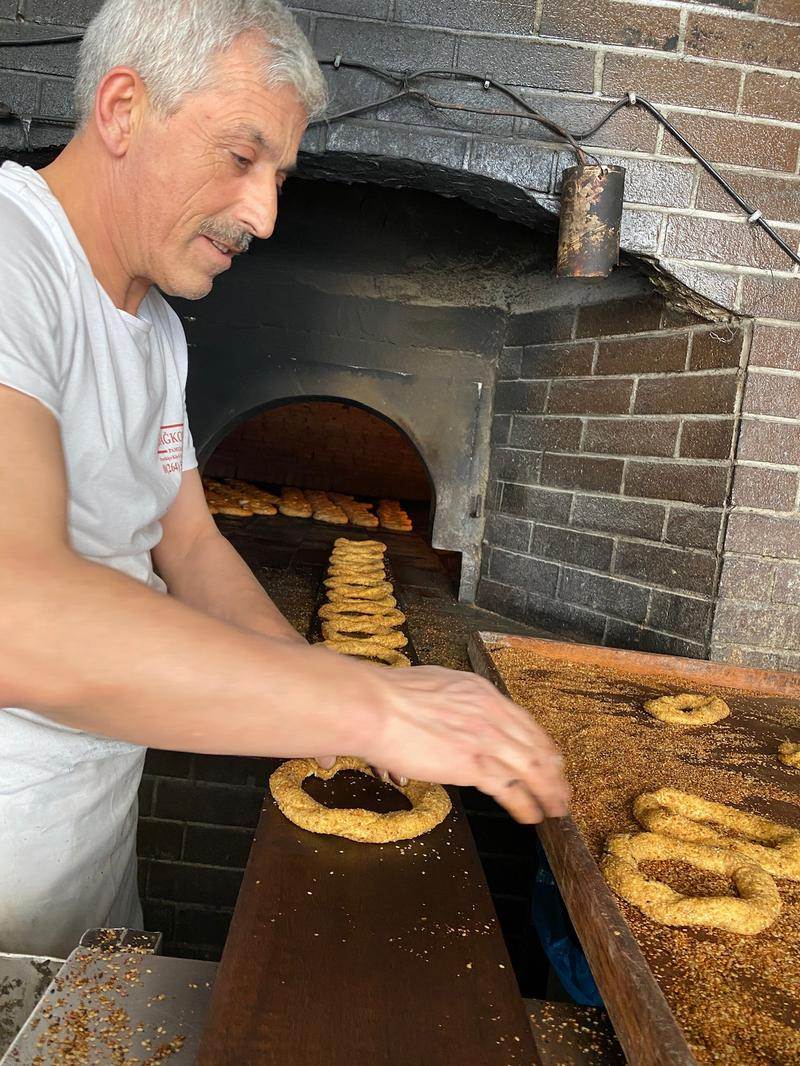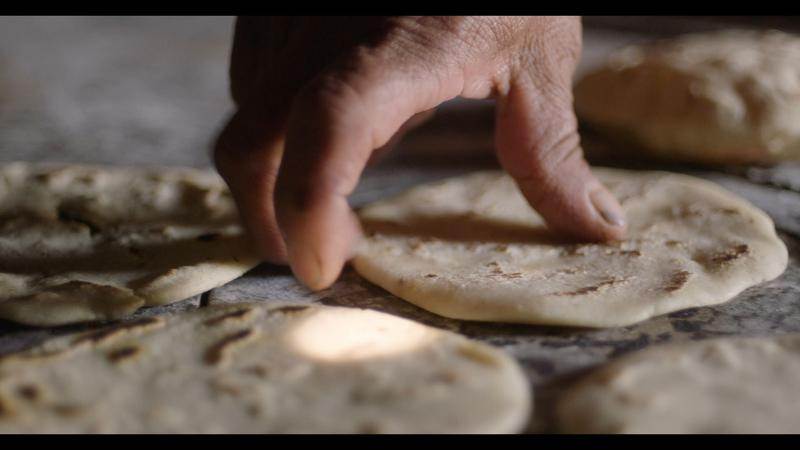Review: National Geographic’s “World Eats Bread” Is An Impactful Way To Raise Your Appreciation For Baked Goods Around The World
National Geographic explores the cultural importance of one of humanity's most universally enjoyed foods: Bread.
In National Geographic’s new three episode series World Eats Bread, viewers are taken on a journey to San Francisco, Guatama, and Turkey to celebrate the rich history of one of humanity’s most important foods. As a bread lover myself, sitting down and watching this multi part saga was a treat. Discussing the cultural importance of the food responsible for modern civilization was a nice reminder to never take advantage of a quality baked good. Let’s take a closer look at each of the episodes
Sourdough in San Francisco:
San Francisco is one of the world's sourdough capitals. Dating all the way back to the gold rush, French miners traveled with sourdough starters as a way to make sure they had a guaranteed food source to feed themselves. As American capitalism continued to evolve to mass production, Wonder Bread changed the way we consume the baked delicacy. Becoming commonplace, bread was no longer a nutritious and special food. Factory produced bread was easy to replicate, making it something we consume freely without thought. The episode explores the decades-long history San Francisco has with social rights movements and how a big part of its bread culture can be accredited to the city’s past. The Diggers theatre troupe spent time baking and handing out homemade bread as a way to feed people and connect the community. The troupe continued to work in tandem with other social movements of the time, replacing importance on what sharing bread really means. Since then, bakeries have spawned throughout the city as a way to bring back quality loaves of sourdough. With the pandemic and California Cottage Food Law inspiring everyday people to make and share their sourdough and a continued desire for social justice, the tangy delight continues to hold an incredibly special place in the Bay Area.
Ramadan Pide in Turkey:
Istanbul, a city located in Turkey, has a long history with bread. The city describes itself as having two main food groups: bread and everything else. Most people in Istanbul eat about 2 pounds of bread a day, simit being the main choice for most people. Simit is a bagel-like pastry that is dipped in water molasses and covered in sesame. For those who inhabit the city, it is the ultimate comfort food. It’s popularity dates all the way back to the Ottoman Empire and is so popular that citizens will notify each other when the simit man comes around. Ekmek, the Turkish word for bread, also translates to “means of life." This episode also explores the correlation between the creation of flour and bread and the rise of modern human civilization. Bread is also so important to Istanbul that the city helps pay for the production and distribution of the goods. Another huge part of bread culture in Istanbul is due to the Muslim holiday Ramadan. Ramadan requires people to fast during the day, but when the sun goes down everyone celebrates with Ramadan Pide. Pide, a once a year tradition, is served warm and requires great coordination. Warm bread is integral to this bread lover’s paradise.
Tortillas in Guatemala:
Corn tortillas are a huge part of Guatemalan tradition. Guatemala City is the busiest capital in Central America. With a deep history of Latinos with European descent and indigenous cultures, the city has an array of flavors to explore. However, nothing represents the region more than Tortillas. Traditionally made by women, the skill is passed down generationally. Corn Tortillas are supposed to be crunchy on the outside and soft on the inside, but with hybrid corn production on the rise, this staple food is being threatened. Corn was the most sacred food to the Mayan people who used to inhabit the region. The culture went so far to say that people are made from corn. This episode explores the culture changes that are happening in Guatemala. Still recovering from Spanish colonization, corn tortillas are still looked down on as opposed to flour tortillas. With women at the helm of the industry, pressure for change in work conditions and quality are the biggest challenges this 3 times a day staple faces.
After watching the three 45 minute episodes, I found myself incredibly invested in the tradition of breaking bread. In a world full of divide, it is so impactful to have things that bring us all together. In every country there is a bread staple that ties meals and families together. With food being such an important part of our daily lives, it is easy to forget how important it is to our human history. While I was expecting a showcase of bakeries, I was pleasantly surprised by the intentional sharing of cultures. If you are looking for an important exploration of one of Earth’s most popular foods, you will have a great time getting to know the people and places that keep our traditions alive with World Eats Bread.
Read More:






